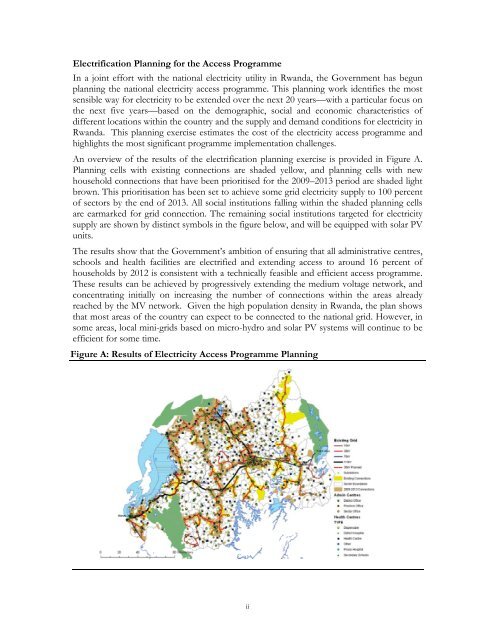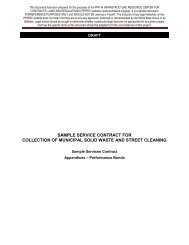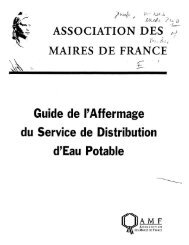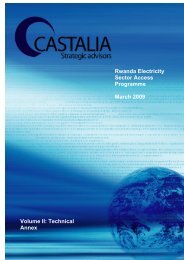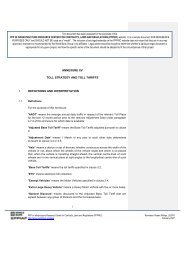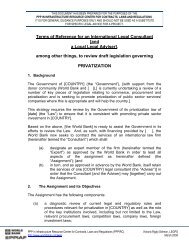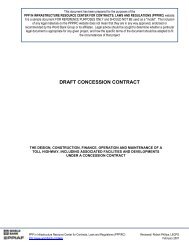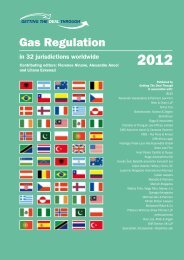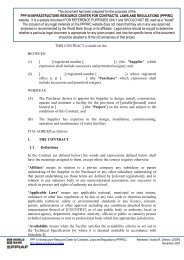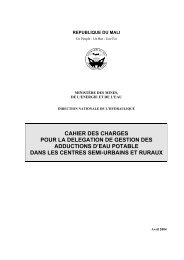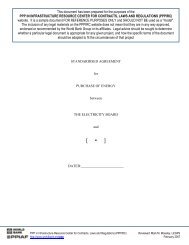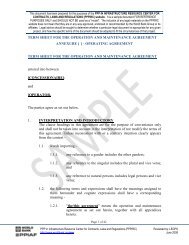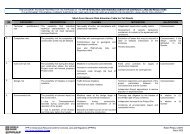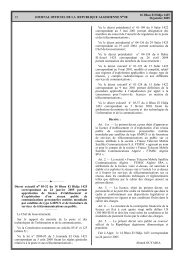Volume I: Investment Prospectus Rwanda Electricity Sector Access ...
Volume I: Investment Prospectus Rwanda Electricity Sector Access ...
Volume I: Investment Prospectus Rwanda Electricity Sector Access ...
- No tags were found...
Create successful ePaper yourself
Turn your PDF publications into a flip-book with our unique Google optimized e-Paper software.
Electrification Planning for the <strong>Access</strong> ProgrammeIn a joint effort with the national electricity utility in <strong>Rwanda</strong>, the Government has begunplanning the national electricity access programme. This planning work identifies the mostsensible way for electricity to be extended over the next 20 years—with a particular focus onthe next five years—based on the demographic, social and economic characteristics ofdifferent locations within the country and the supply and demand conditions for electricity in<strong>Rwanda</strong>. This planning exercise estimates the cost of the electricity access programme andhighlights the most significant programme implementation challenges.An overview of the results of the electrification planning exercise is provided in Figure A.Planning cells with existing connections are shaded yellow, and planning cells with newhousehold connections that have been prioritised for the 2009–2013 period are shaded lightbrown. This prioritisation has been set to achieve some grid electricity supply to 100 percentof sectors by the end of 2013. All social institutions falling within the shaded planning cellsare earmarked for grid connection. The remaining social institutions targeted for electricitysupply are shown by distinct symbols in the figure below, and will be equipped with solar PVunits.The results show that the Government’s ambition of ensuring that all administrative centres,schools and health facilities are electrified and extending access to around 16 percent ofhouseholds by 2012 is consistent with a technically feasible and efficient access programme.These results can be achieved by progressively extending the medium voltage network, andconcentrating initially on increasing the number of connections within the areas alreadyreached by the MV network. Given the high population density in <strong>Rwanda</strong>, the plan showsthat most areas of the country can expect to be connected to the national grid. However, insome areas, local mini-grids based on micro-hydro and solar PV systems will continue to beefficient for some time.Figure A: Results of <strong>Electricity</strong> <strong>Access</strong> Programme Planningii


